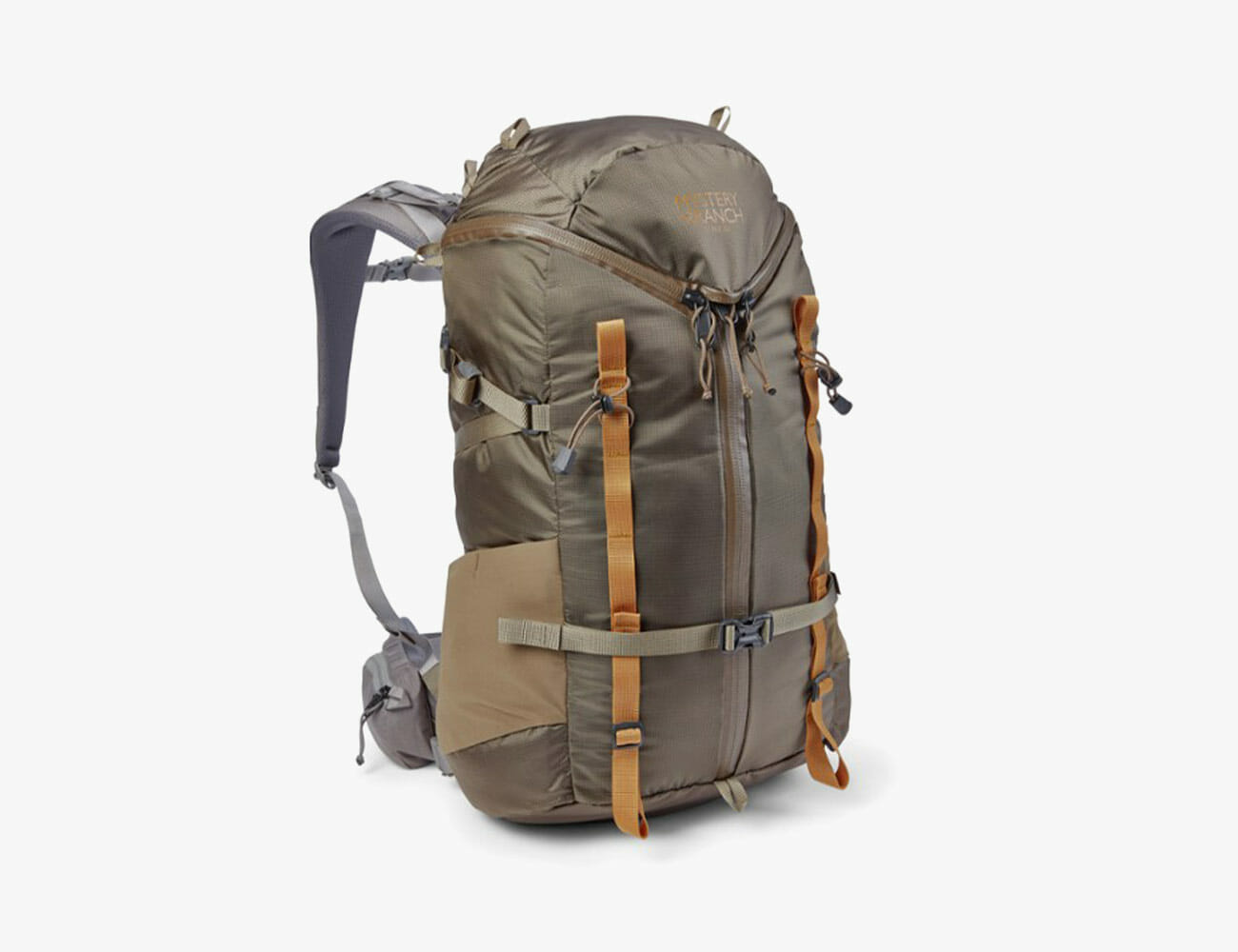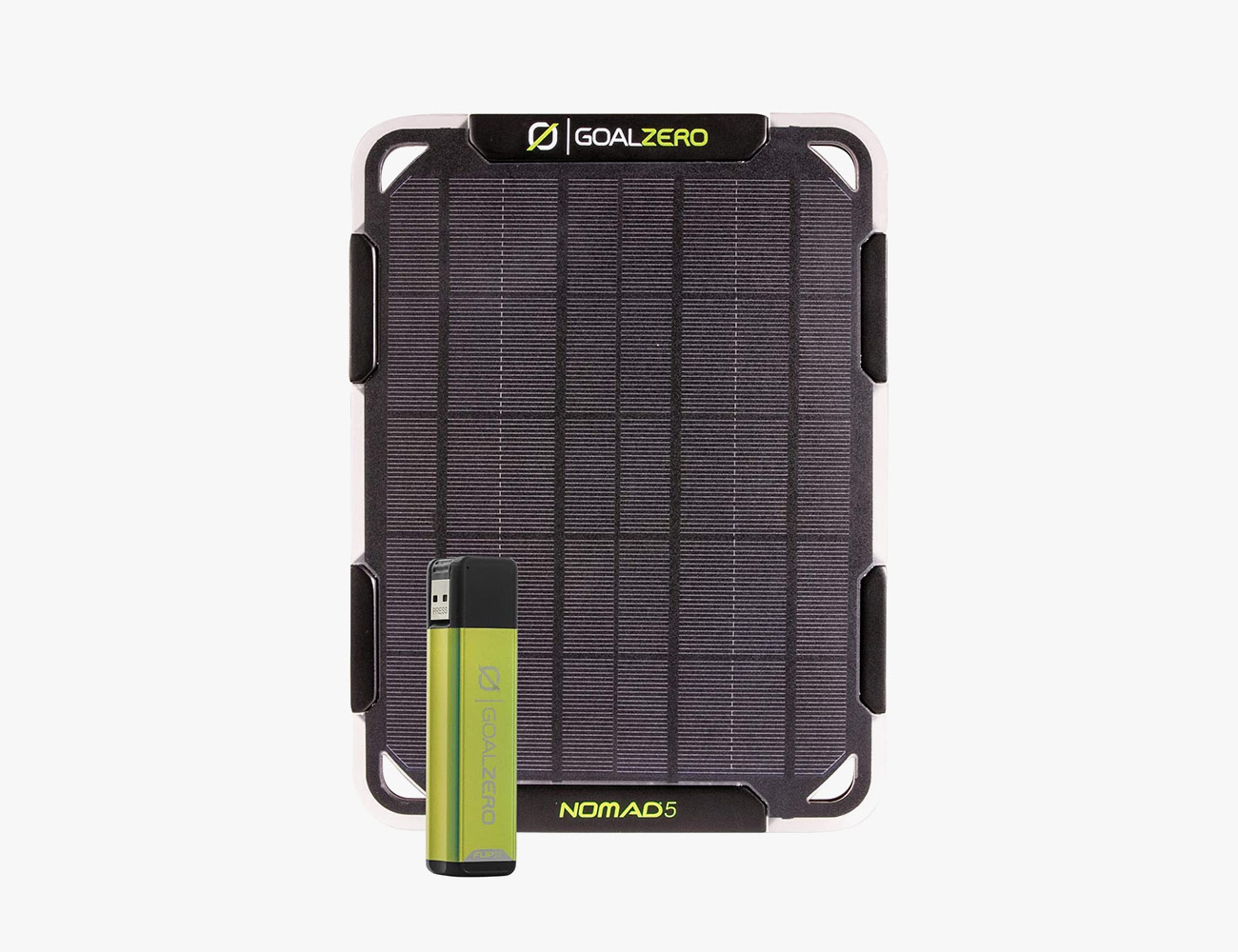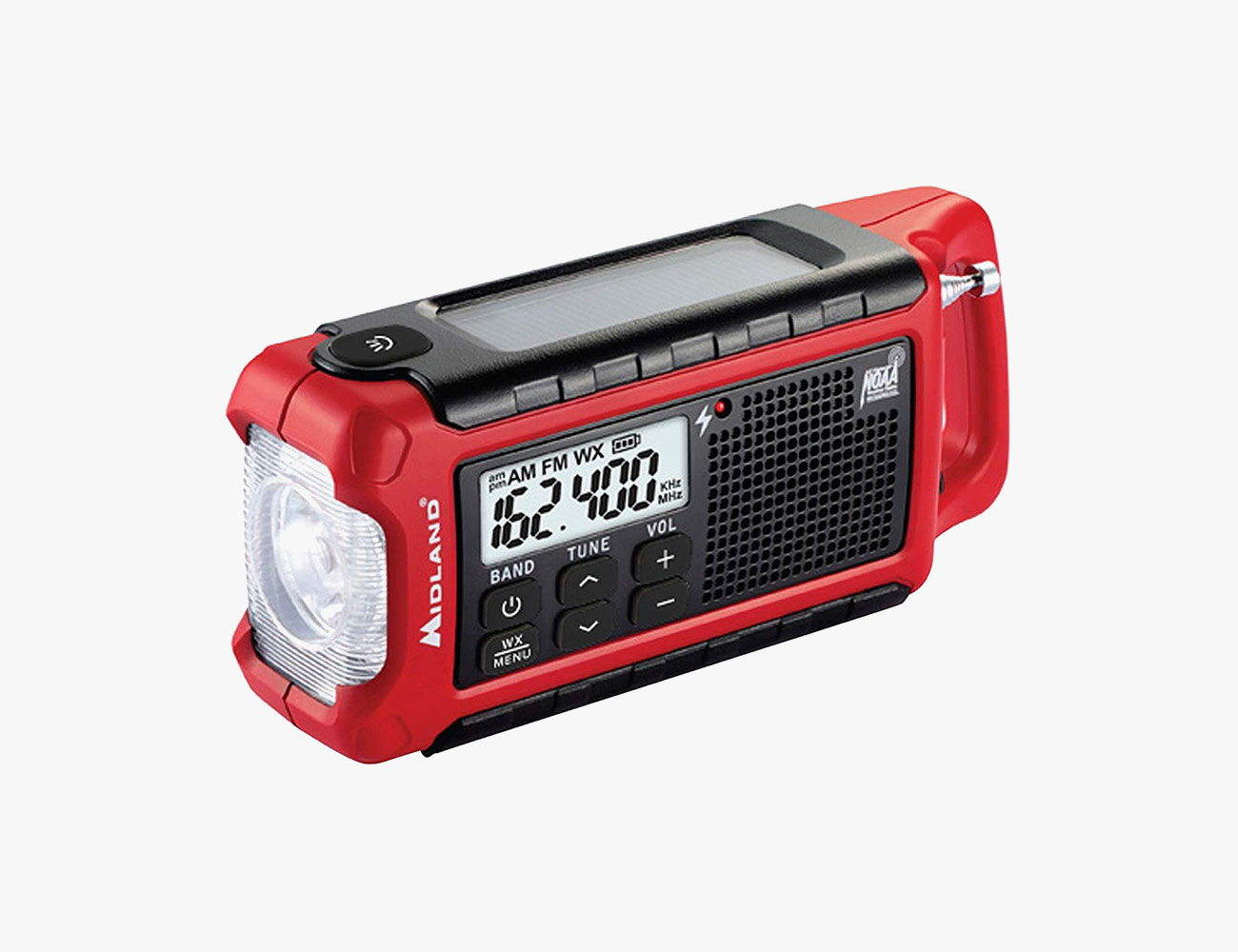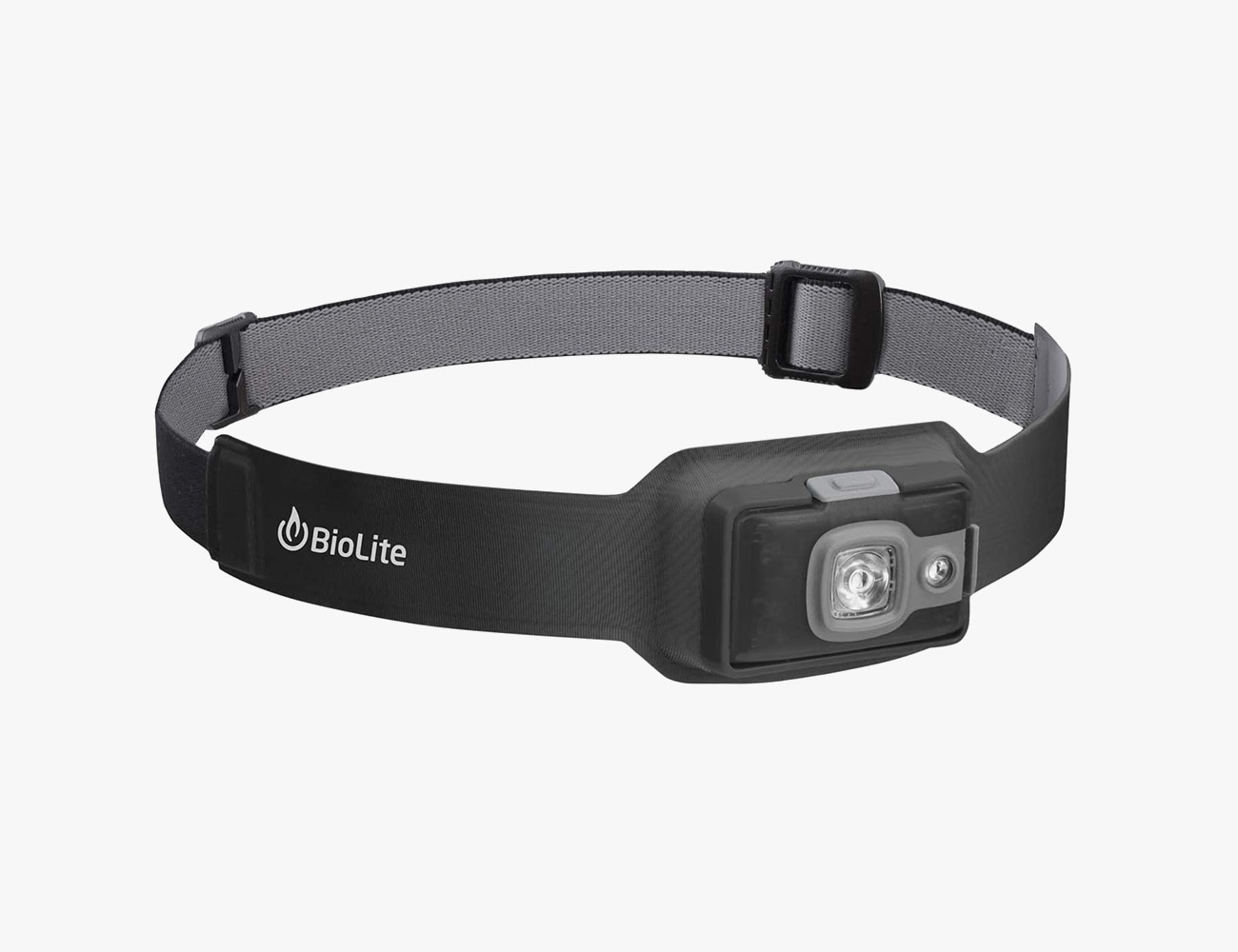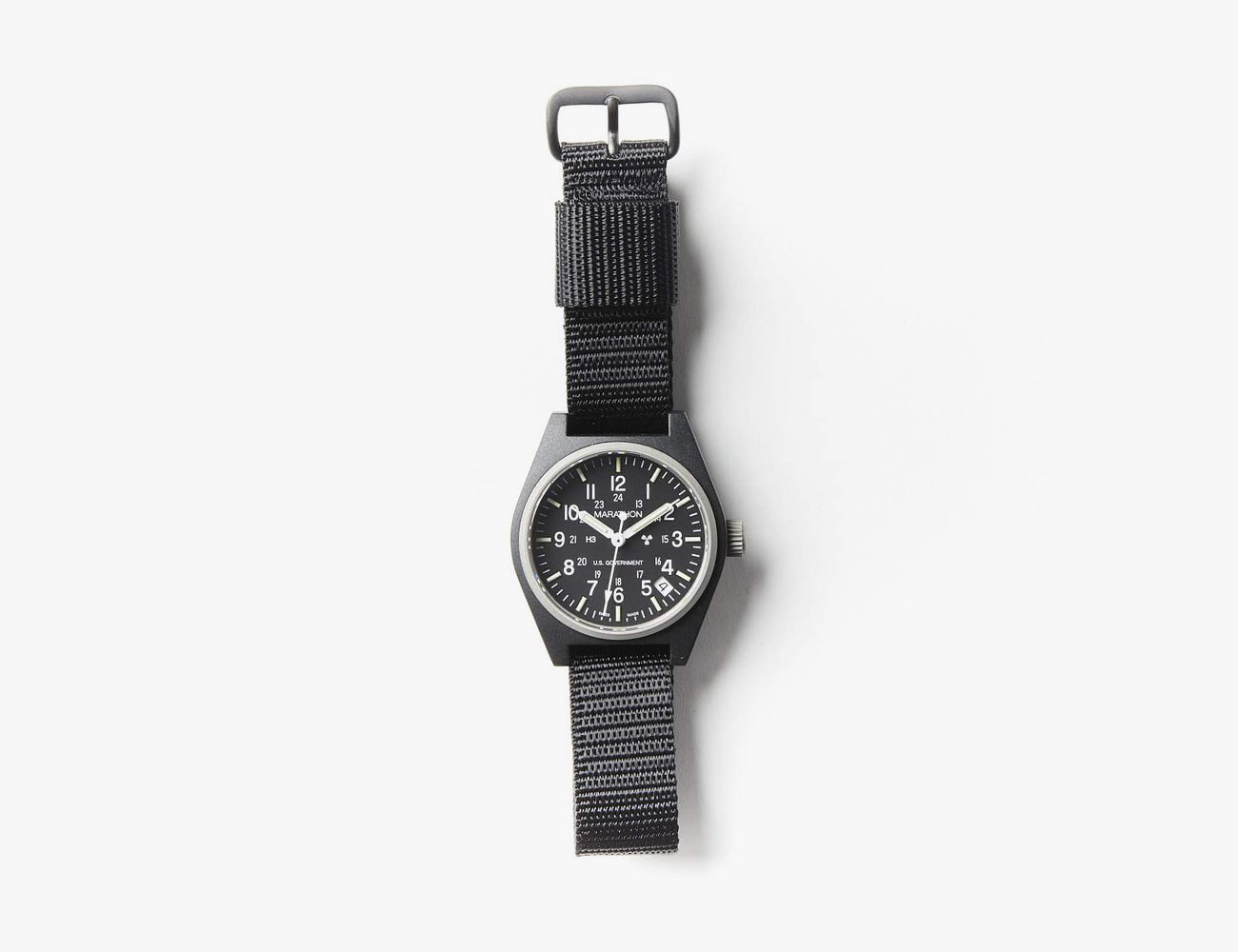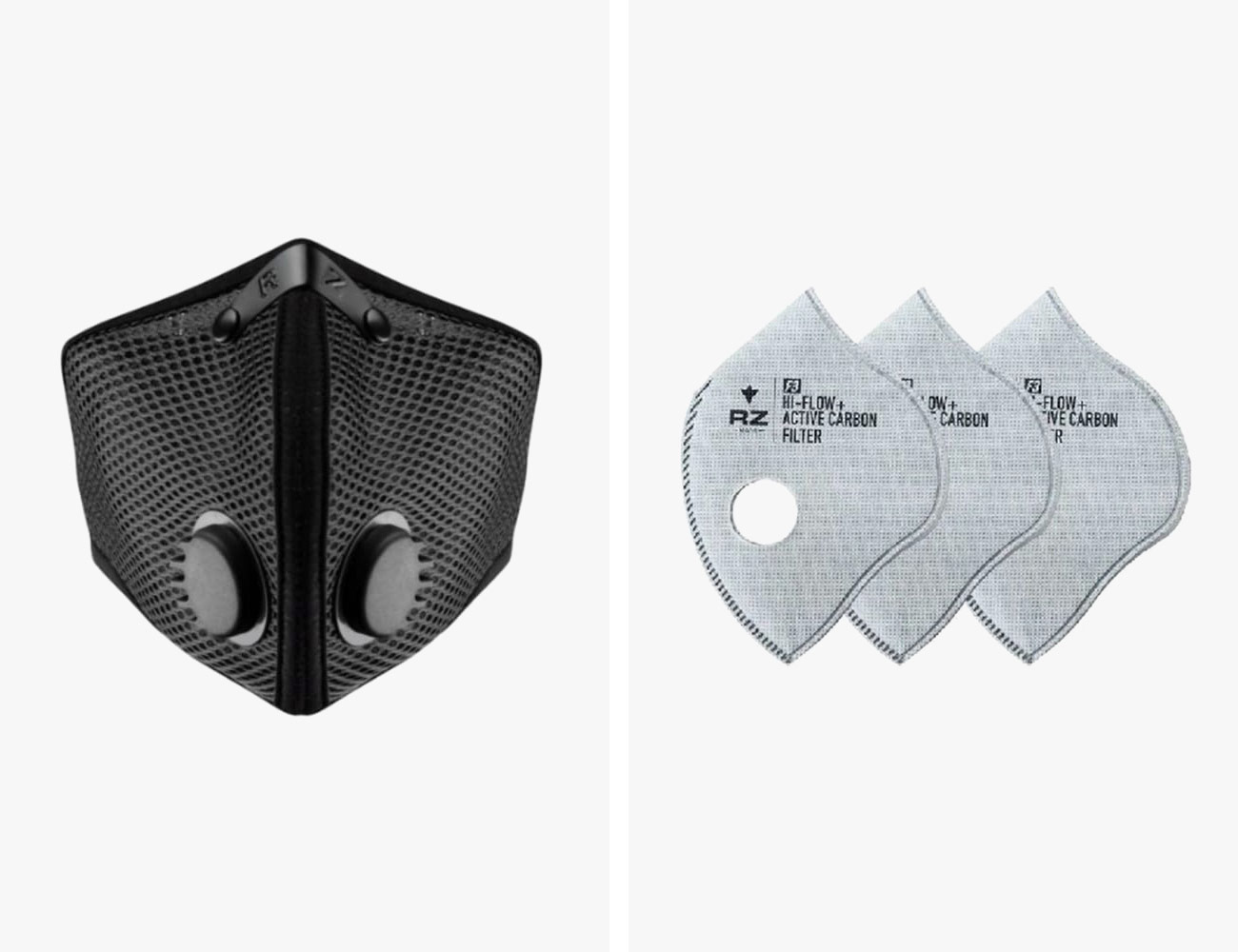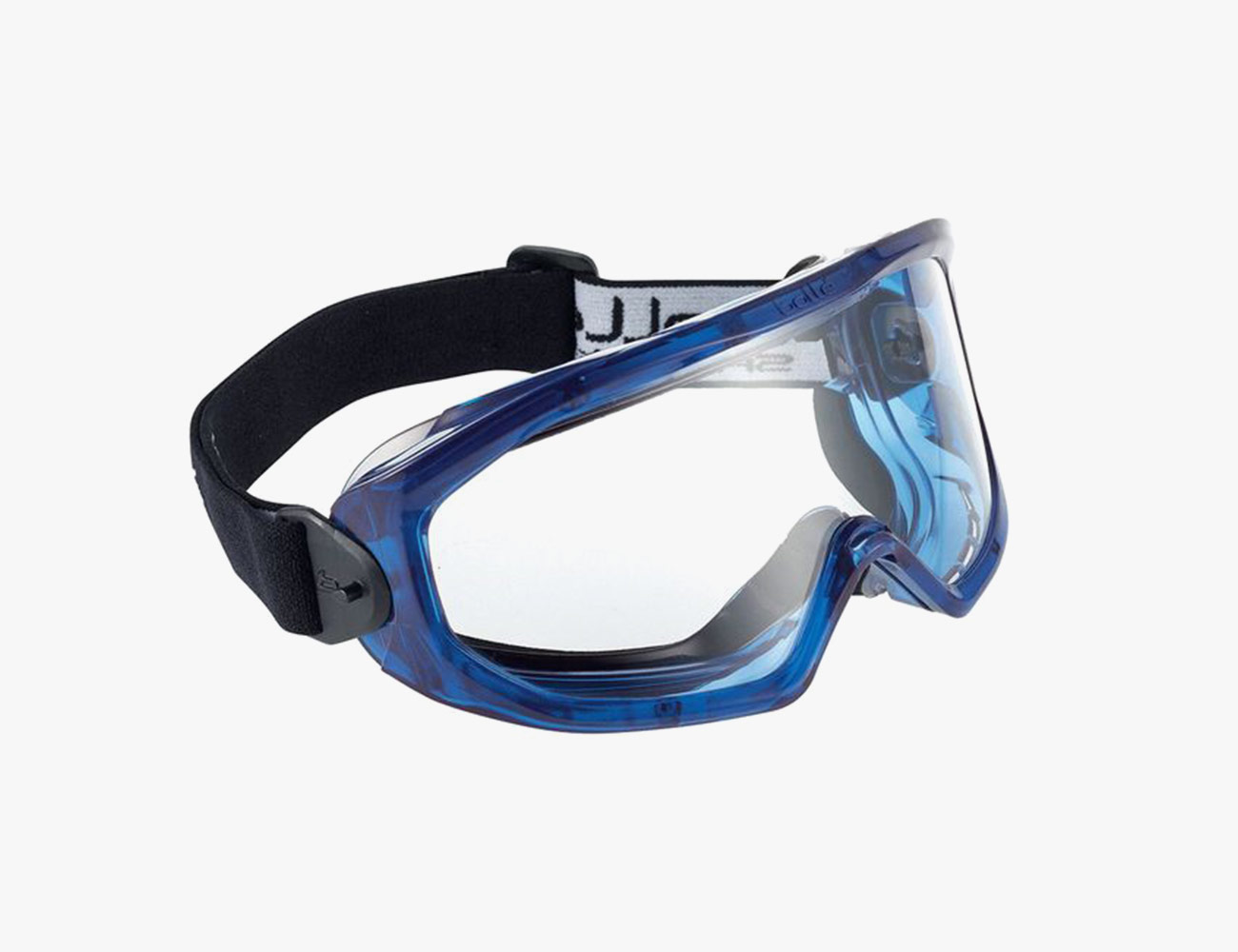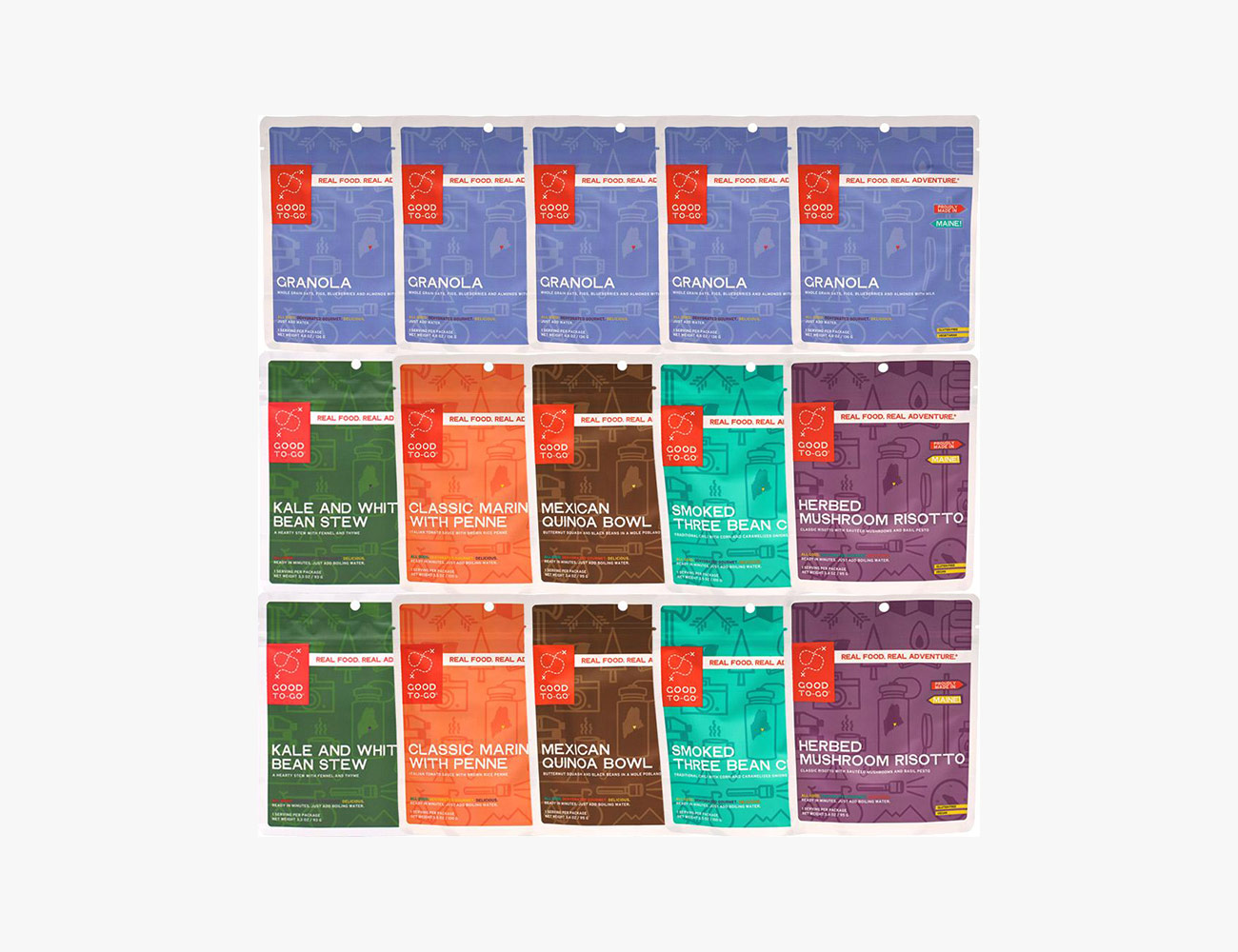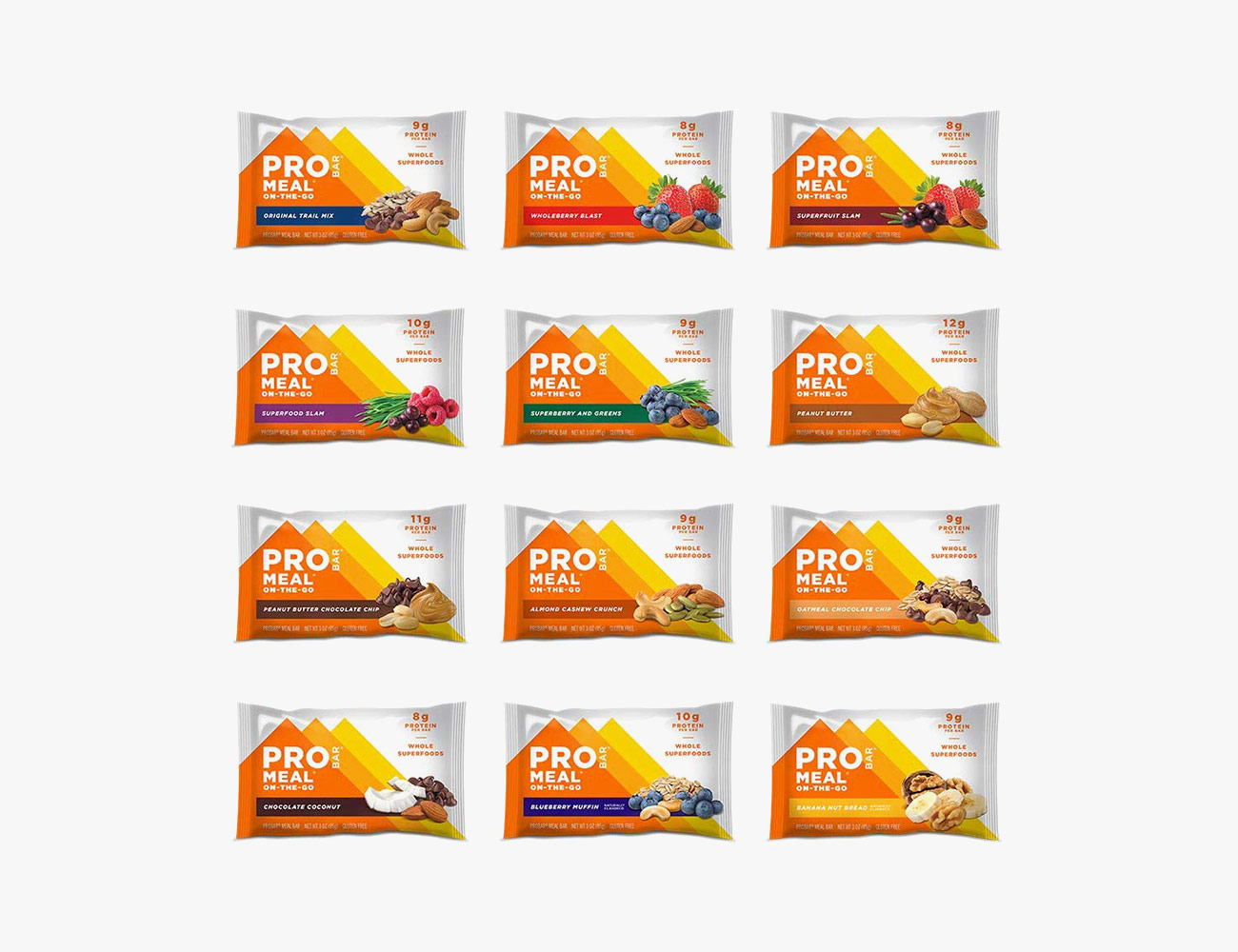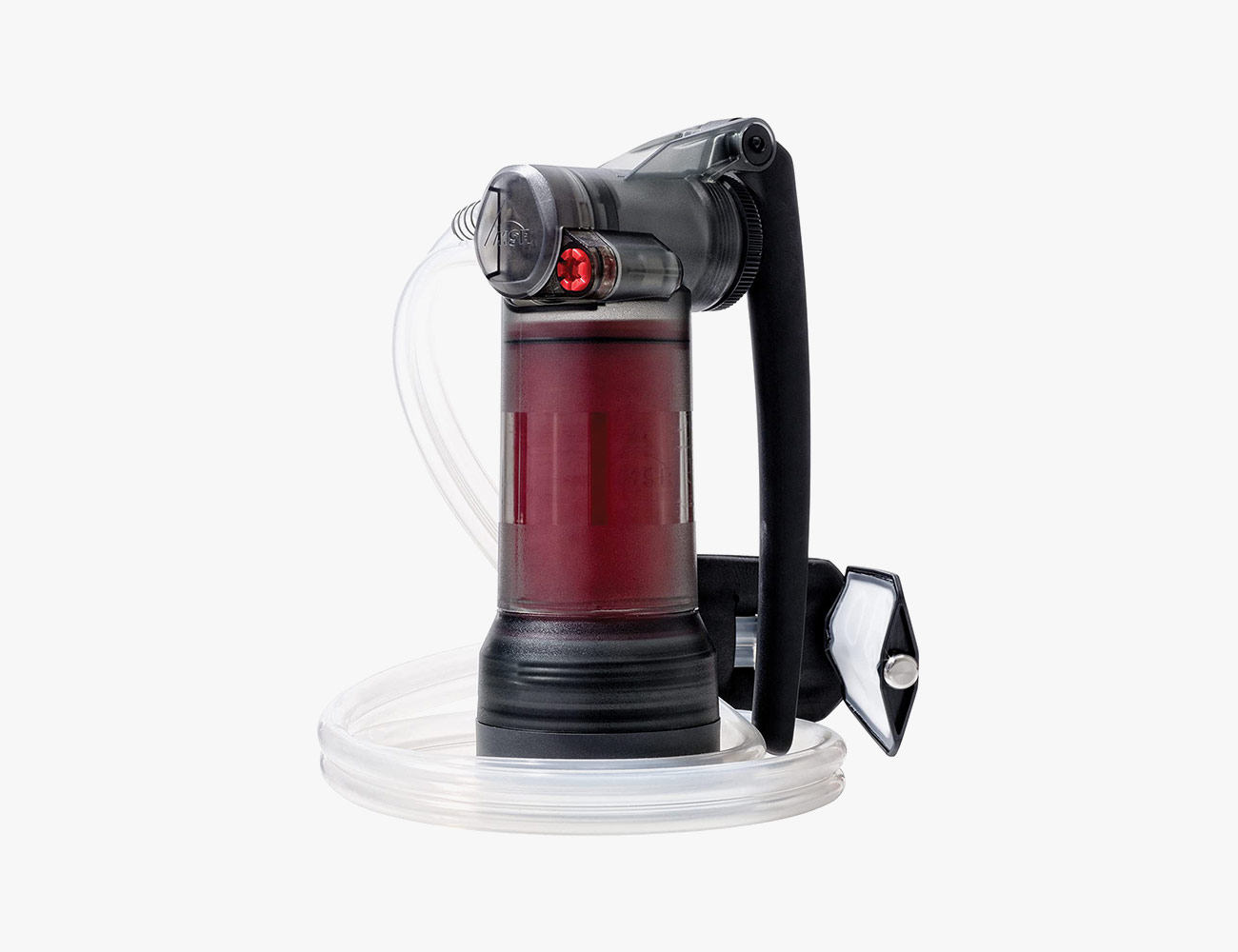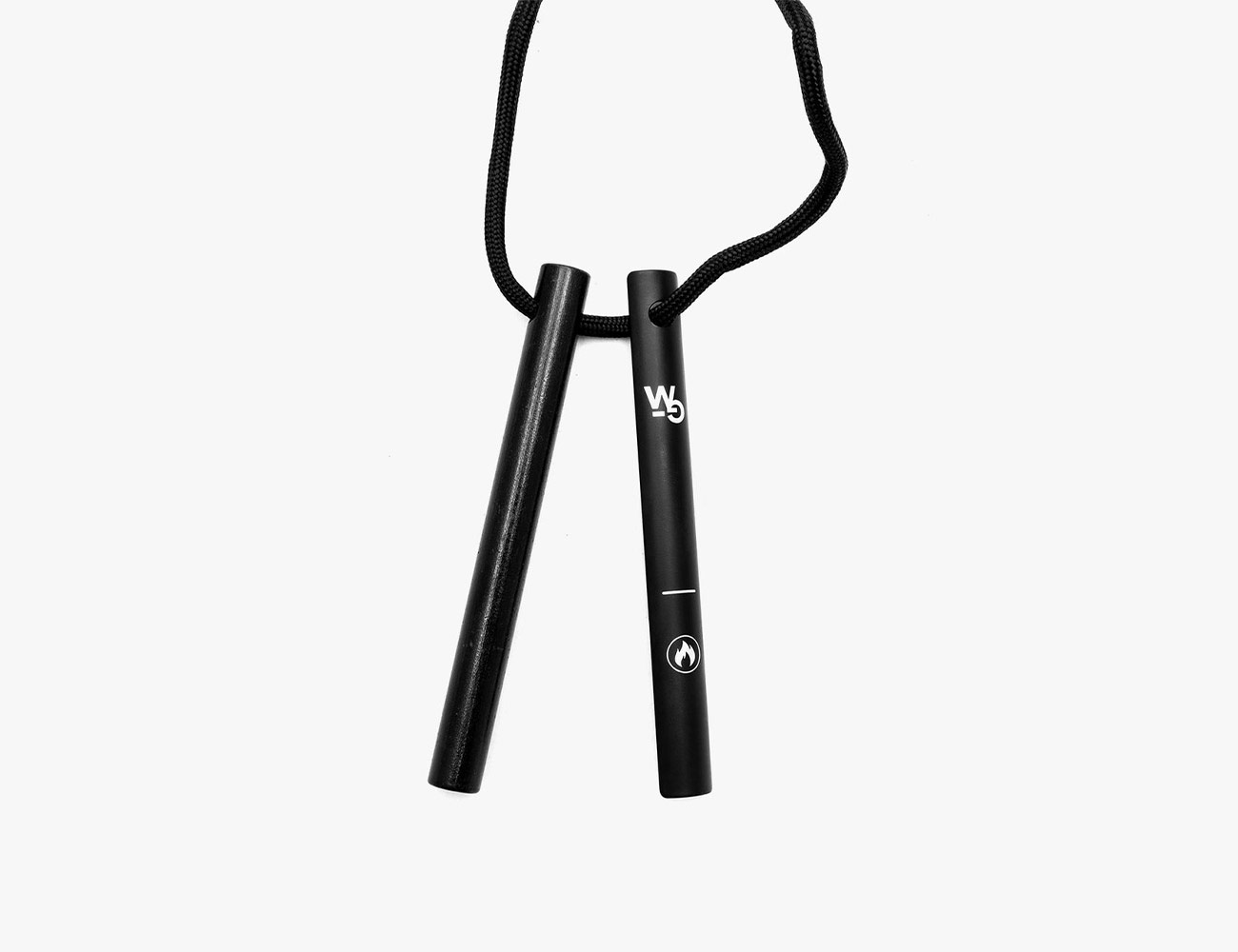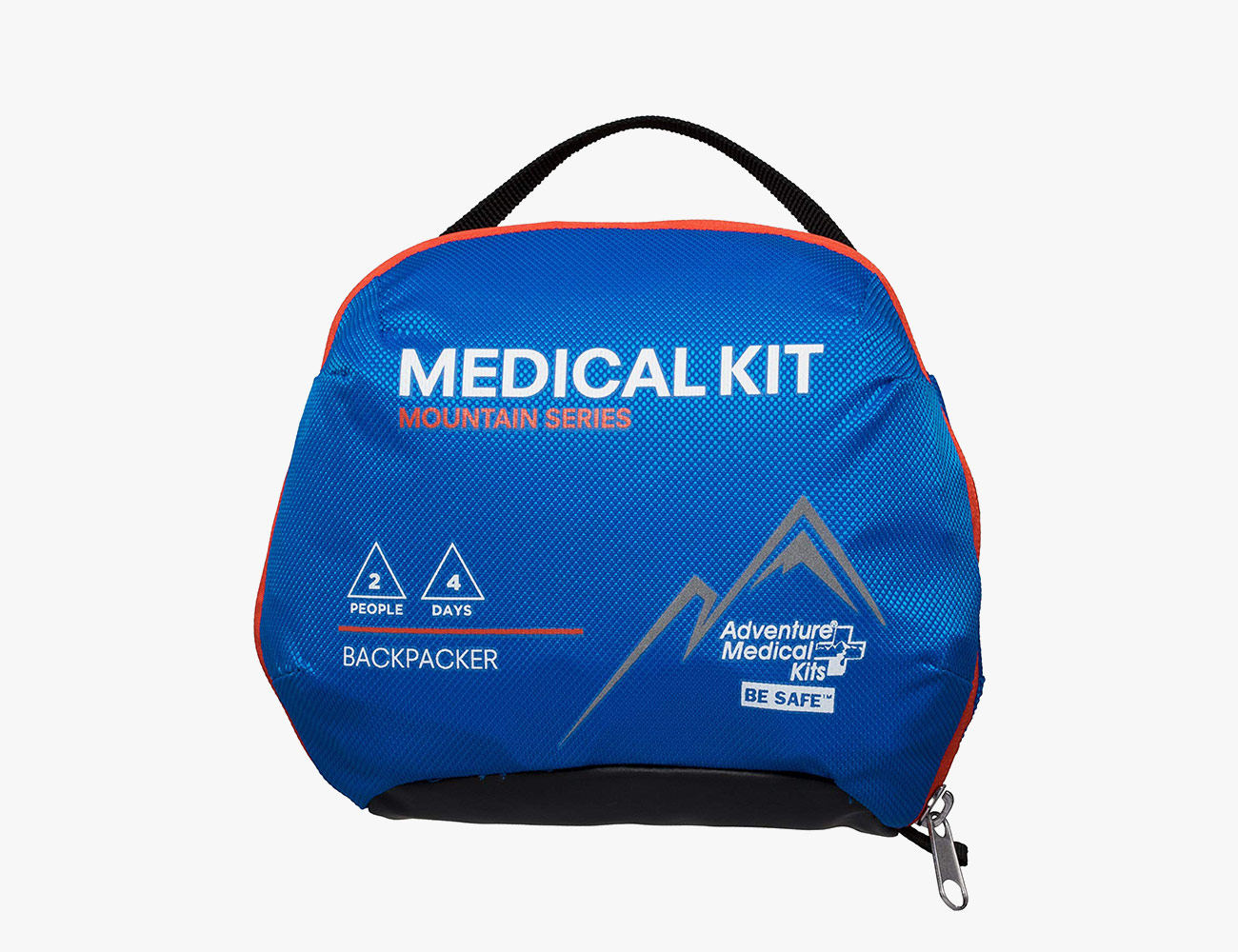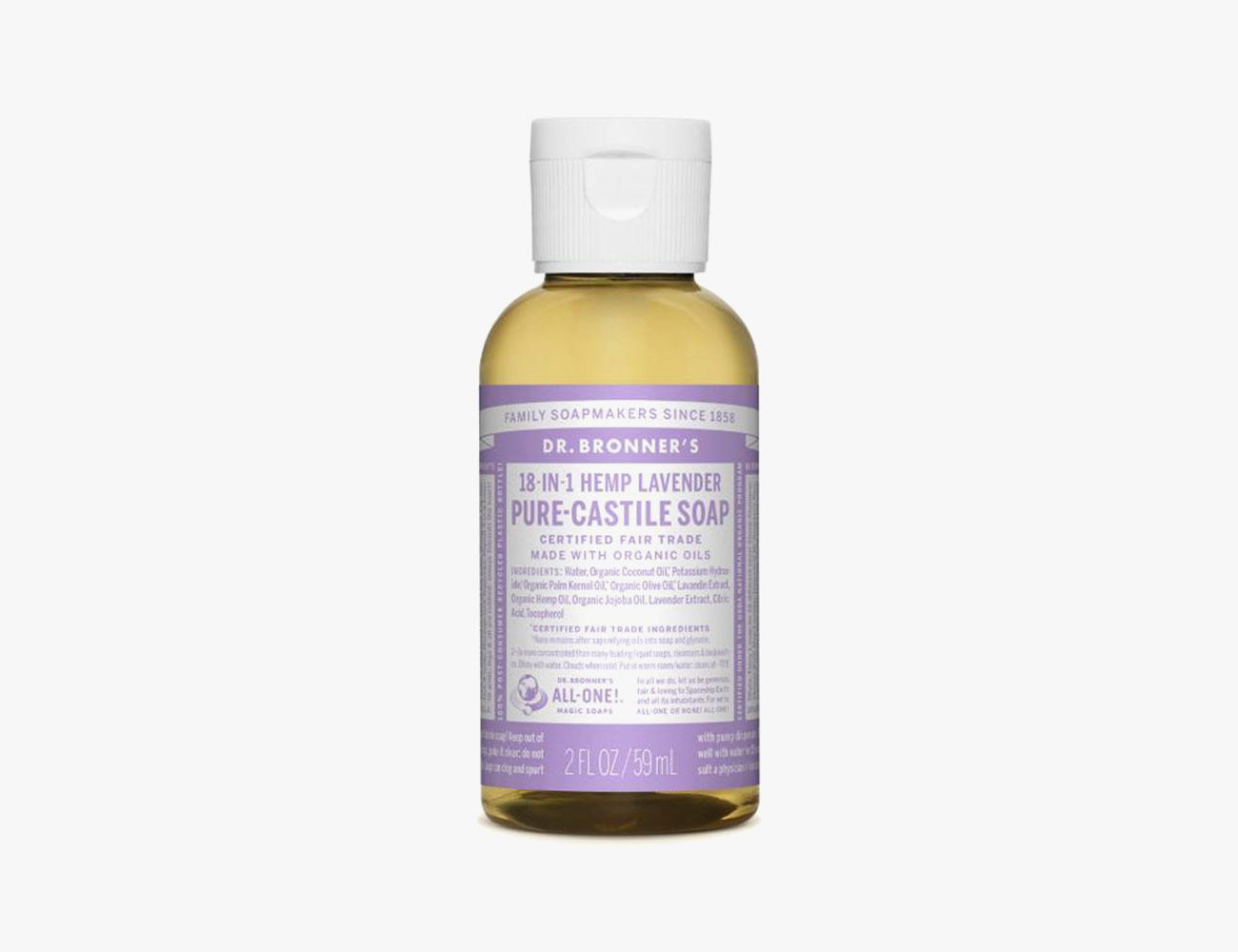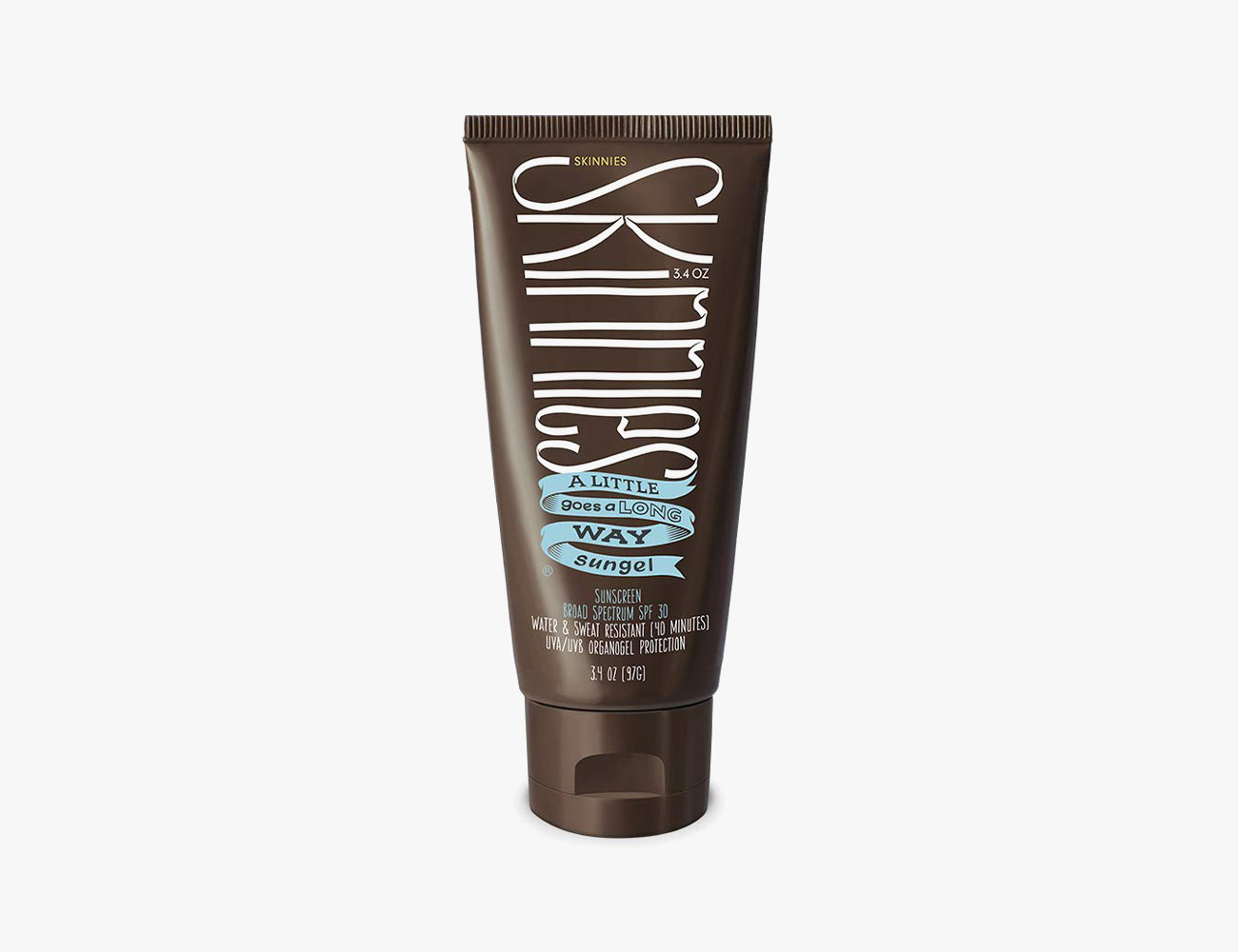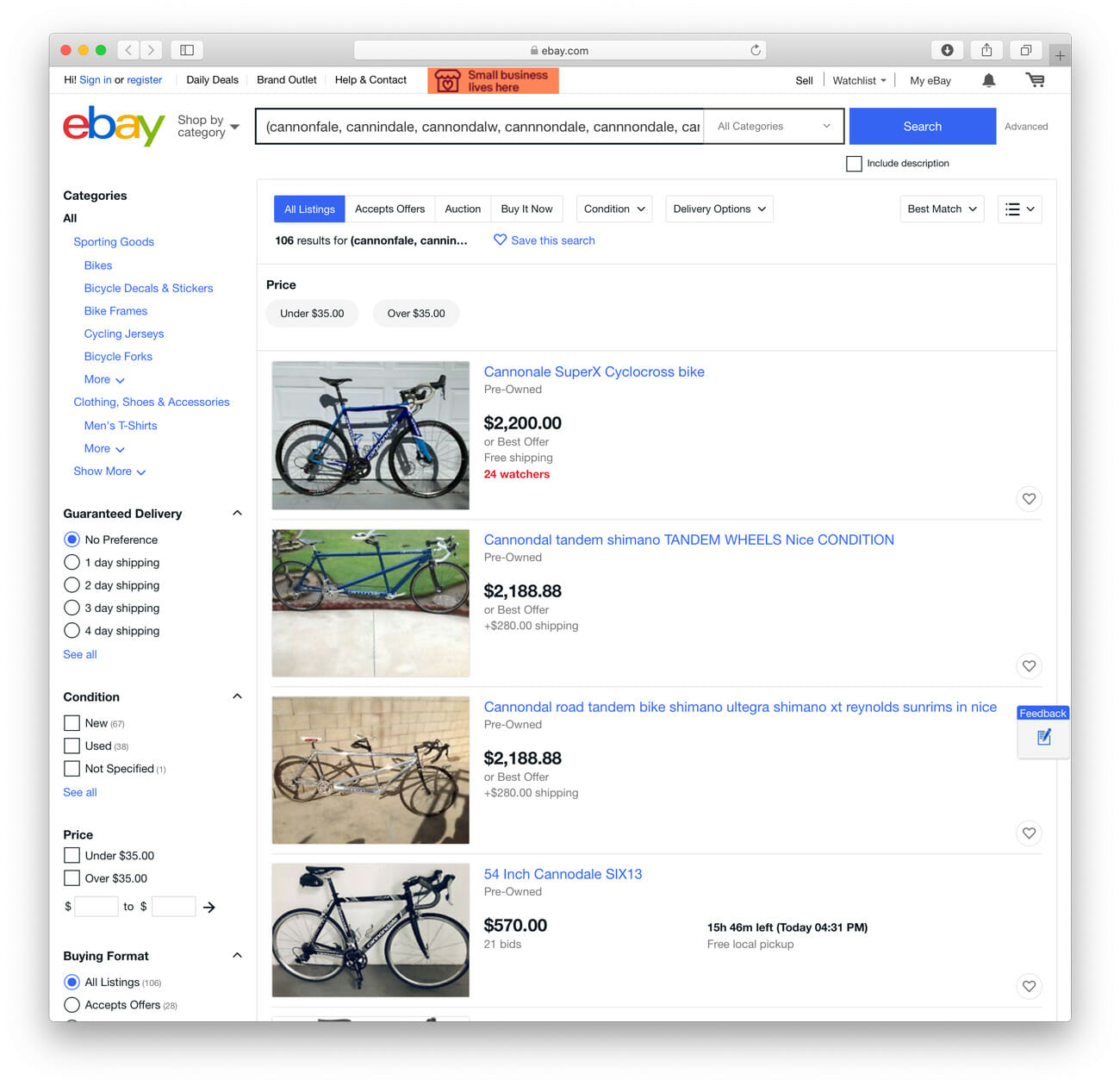The world, it seems, is slowly coming apart at the seams over a virus that was probably caused by someone eating a Pangolin in China. I’m not here to tell you how to survive the COVID-19 pandemic (wash your damn hands), but given the crazed runs on Costco beans and rice, it might be a good time to reflect on more general survival preparation.
There are many situations that could result in a temporary lack of services and utilities and require you to look after yourself for a while. Depending where you live there could be an earthquake, tornado, hurricane, tropical storm, forest fire or flood which might mean you’re left, briefly, surviving on your own. So it’s not a terrible idea to have a bag prepared which you can grab and go if the ground starts shaking.
We don’t have to get into doomsday prepper territory here, but you should imagine the scenario most likely to impact you and plan accordingly. I live in Southern California, so it makes sense to prepare for an earthquake (when water mains might be damaged and buildings unsafe to occupy) and not be that ready for an avalanche. If you live in Louisiana, you probably already know the stakes and are well aware of what a hurricane can do and will want to adapt your bag with that in mind.
Alongside this bag, you might want to keep some bulkier items at home. If I was genuinely worried about being flooded and having to escape from my roof, I might consider a small pack raft. If I thought I might be cut off for a few weeks, say because I lived in a remote cabin where weather conditions could prevent travel, I’d be stocking up on dehydrated food.
In general, though, a small and simple bug-out bag is pretty universal and should cover you for the first 24 to 72 hours of any survival situation. After that, unless it’s a total apocalypse, help should be on the way. Indeed, many of these items are designed to help you get to someone who can help you, rather than to help you survive alone in the woods.
I have one of these bags in the bed of my truck in a lockbox. It’s just outside my front door and easy to get to, and given that I have more confidence in my survival skills than my mechanical ones, it’s always a nice security blanket when we are adventuring miles from anywhere in the desert.
1. The Bag Itself
I am a big fan of Mystery Ranch’s indestructible backpacks. They may lack the bells and whistles of some brands, but they also lack the flimsy buckles you won’t be able to warranty when mass panic ensues. I have used the Scepter 35 Pack for a year now and literally dropped it off cliffs. For a survival bag, something like the Scree 32 Pack (above) with its wide opening and robust construction will let you access everything you need without having any accessories that you don’t.
2. Solar Panel + Power Bank
You’ll need to keep your phone charged to keep up to date with news and information. The Goal Zero Nomad 5 Solar Kit is a great way to do that even if the grid is down. It isn’t heavy or clumsy but reliably gets enough juice to keep my devices operating in the backcountry.
3. Radio
If things go far enough south for you to need half the stuff on this list, you shouldn’t rely on your phone for communication; a good old-fashioned radio will be the best way to get news. This hand-cranked Midland ER210 operates without sun or batteries and gets AM, FM and NOAA radio broadcasts. It also charges your devices and has an LED flashlight.
4. Headlamp
You’ll want to be able to move and do things at night, even if the power is out. This Biolite 200 Headlamp keeps a charge for a long time and is very comfy and easy to wear.
5. Watch
The Marathon General Purpose Quartz Composite Watch will do everything you want a watch to do in a crisis. It is water resistant to 30 meters, self-illuminating in the dark, lightweight and reliable. In a first aid situation, you can record when someone was hurt, and how their heart rate and respiratory rate are changing, vital information to convey to a first responder.
6. Mask and Filter
You don’t need to stockpile these, as masks should be reserved for those already sick. But as part of a general bug-out bag, RZ’s M2 Mesh Mask can help with all kinds of airborne particulates such as those in a forest fire. Upgrade to the F3 High-Flow + Carbon Filter for best results.
|
7. Goggles
If you’re in a situation where there is a fire or other air contamination, you will want to cover your eyes as well. These universal fit Bolle Safety Goggles should keep nasties out of your eyes. Just make sure they fit over your regular glasses if you need prescription eyewear.
8. Dehydrated Meals
Good to Go has you covered here with dehydrated food for long-term survival situations. The brand’s 5-Day Emergency Food Kit features five breakfasts and 10 entrees with a shelf life of two to five years.
9. Meal Bars
If you need something you won’t have to cook, your best bet is calorie-dense bars. Probar offers delicious and varied bars that I could live off for several days and, in fact, may have.
10. Water Filter
The MSR Guardian is one of the few portable filters that can extract viruses as well as bacteria and protozoan pathogens.
11. Water Bottles

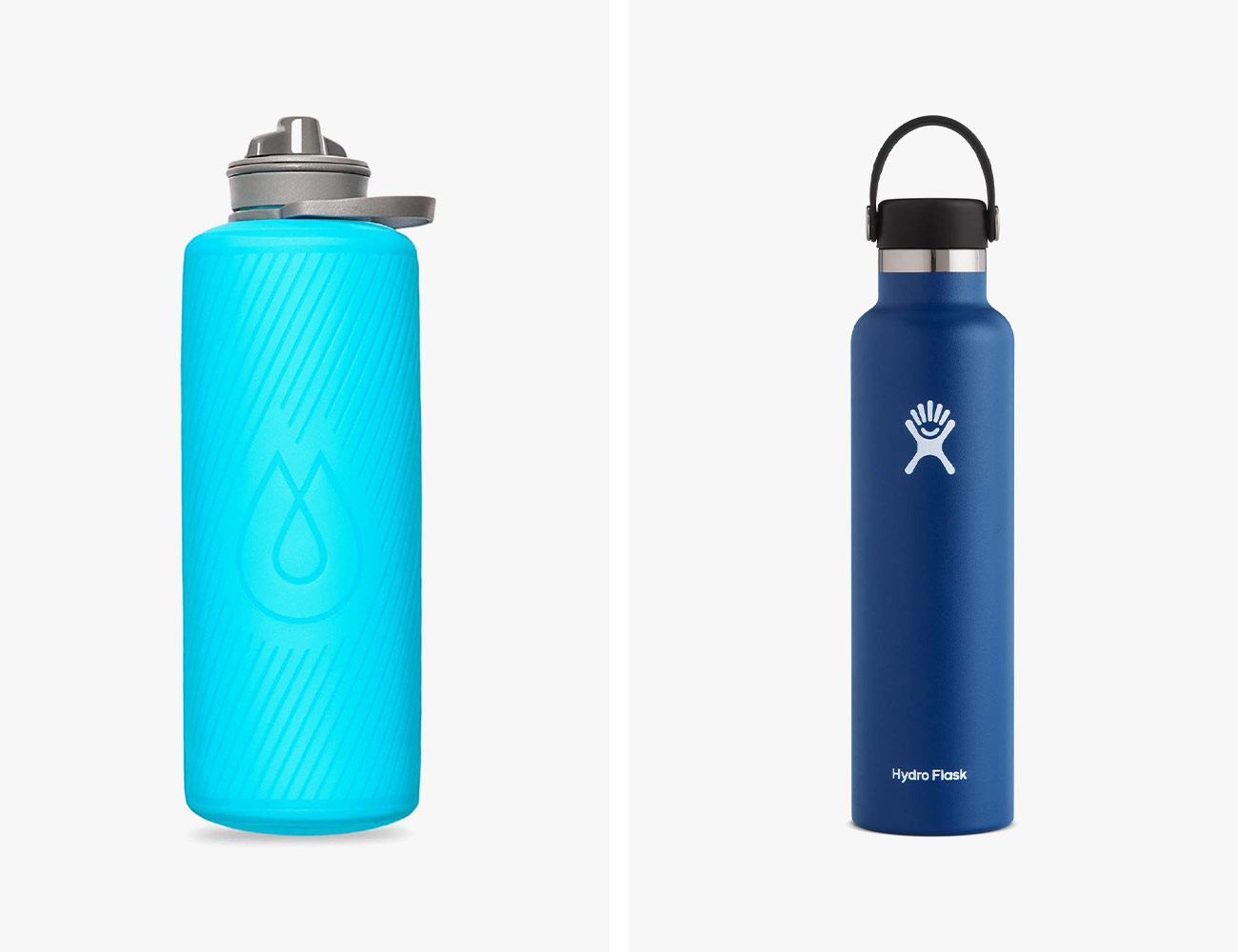
To carry that filtered water, Hydrapak makes great collapsible bottles. They pack down small, don’t leak and don’t spill when you drink. I love the 32-ounce Flux, but there are various sizes available. I’d suggest keeping one hard water bottle full as well. The ones from Hydra Flask are pretty sturdy.
|
12. Fire Starter
Lighting a fire is great for morale, warmth and cooking. I can’t count how many bad days outdoors I have saved with some kindling and logs. Wolf and Grizzly makes a great striker which creates a spark of over 54,000 degrees. The set nests together and lasts for about 20,000 strikes, which is a lot of nights around the campfire.
13. First Aid
Just like being in the backcountry, being in a survival situation means dealing with what happens when you get hurt and there is nobody there to help. I rely on this Adventure Medical Kits Mountain Backpacker Medical Kit, along with Wilderness Medicine training from NOLS to make sure I stay safe and can care for others. I really like how the kit folds out and everything is labelled and easy to access. If you are building your own bag, add a week’s supply of any personal medications (mine contains insulin and a cooler to keep the insulin cold). Make sure to check expiration dates on the medicines in your kit every few months.
14. Soap
I also add extra soap to this kit; it can clean your pots, pans, clothes and hands. A small bottle of Castile soap goes a long way, and you can kind of brush your teeth with the peppermint flavor.
15. Sunscreen
Sunburn can really debilitate you fast. Skinnies Sungel goes a long way, with only a pea-sized amount required for your head and neck. It is non-greasy and lasts all day, making it a great choice for all-day hikes… or survival situations.
16. Multitool
The Leatherman Signal is as close as you can get to a pocket survival kit. It has pliers, of course, and a blade (although I always prefer a dedicated locking blade knife, which I often use in combination with the multi-tool, see below), plus a can and bottle opener for getting to your stored food. However, this survival-ready tool also has a safety whistle, a fire starter and a diamond-coated removable sharpening rod to keep your blade in great shape. There’s also a hex bit driver which will help with a whole range of repairs, and a hammer, for when you just need to smash something straight.
17. Pocket Knife
Benchmade’s Mini Bugout is small, light, reliable and sharp. It’ll cut anything you need to and won’t weigh you down at just 1.5 ounces. There are multi tools with knives, but a well-made blade is invariably more reliable and useful on its own.
18. Shovel
People like military-issue entrenching tools, and I have used one for trail work for decades, but the DMOS Delta shovel has a full-length 51-inch handle, which makes it much better for digging holes or handling hot coals. The head can be set up as a shovel or a hoe and is designed to take a serious beating outdoors and stay sharp and straight. It weighs exactly the same as an entrenching tool and could even be used as a crutch if you suffer a leg injury.
19. Duct Tape
If it moves and it shouldn’t, tape it. I would keep a few yards of Duck Max Strength Duct Tape wrapped around the handle of my shovel.
20. Paracord
This stuff has a multitude of uses, from constructing a ridge line for a shelter to using as fishing line to (obviously) tying things together. Despite the 550-pound breaking strain, Gear Aid 550 Paracord is cheap and light, and the reflective cord can be a useful way to signal rescuers. Apparently paracord is so useful that people like to make it into bracelets so that they’re never without it. I’m happy enough with it in a bag.
21. Bivy Sack
The Escape Bivvy from SOL (Survive Outdoors Longer, not whatever you were thinking) is the only bivvy bag I have ever slept in that isn’t effectively a sweat sack. It’s not luxury, but it is my go-to for light and fast trips that might see me caught out overnight. Thanks to its orange outer and reflective interior, it’ll keep you warm and visible in a survival emergency.
22. Sleeping Bag
If you live somewhere cold, the bivvy won’t be enough. For lightweight cold weather camping, I turn to the Therm-a-Rest Vesper, as it provides the most insulation for its size and weight of any sleeping bag I have ever used.
23. Sleeping Pad


You can combine the Vesper with Therm-a-Rest’s NeoAir Uberlite for a very small and light sleep system. But given the risk of a puncture rendering your pad useless, I might opt for the fold-out Nemo Switchback instead. It is larger, but it’s also cheaper and will never let you down.
|
24. Gloves
These Smartwool Merino Wool Liner Gloves aren’t waterproof, but they will keep you warm even when wet. They’re thin and easy to carry and won’t get in the way when performing tasks that require dexterity.
25. Beanie
The lightweight Gore Wear Windstopper Beanie keeps you warm and blocks out the wind as well as keeping you visible, thanks to reflective elements.
26. Base Layers
Merino base layers and socks are a nice addition if you think you’ll be “bugging” out for more than a day or two. They tend to need less care than technical fabrics and are breathable and insulating even when wet. I love Icebreaker’s Men’s 200 Oasis Long Sleeve Crewe, for example.
27. Hand Warmers
You’ll also need something to actively warm yourself if you do get cold. You could use disposable hand warmers, but Zippo Hand Warmers are reusable and, according to this one dude on the internet, will burn just about anything.
28. Magic Cylinder
If you’re raising an eyebrow at some of these suggestions, do yourself a favor and at least shell out for VSSL’s Camp Supplies Compact Adventure Kit. This pre-packaged sleeve is loaded with sample-size survival goodies, including a flashlight, compass, mini first aid kit, fire starter, rope, razor, fishing kit, beeswax candle, wire saw, water purification kit, whistle, gear ties, sewing kit, can opener, adventure tape and bamboo cloth.
29. Flask
I also wouldn’t get that far without whiskey — would you? — so, last but not least, GSI Outdoors makes the ultralight Boulder Flask.


